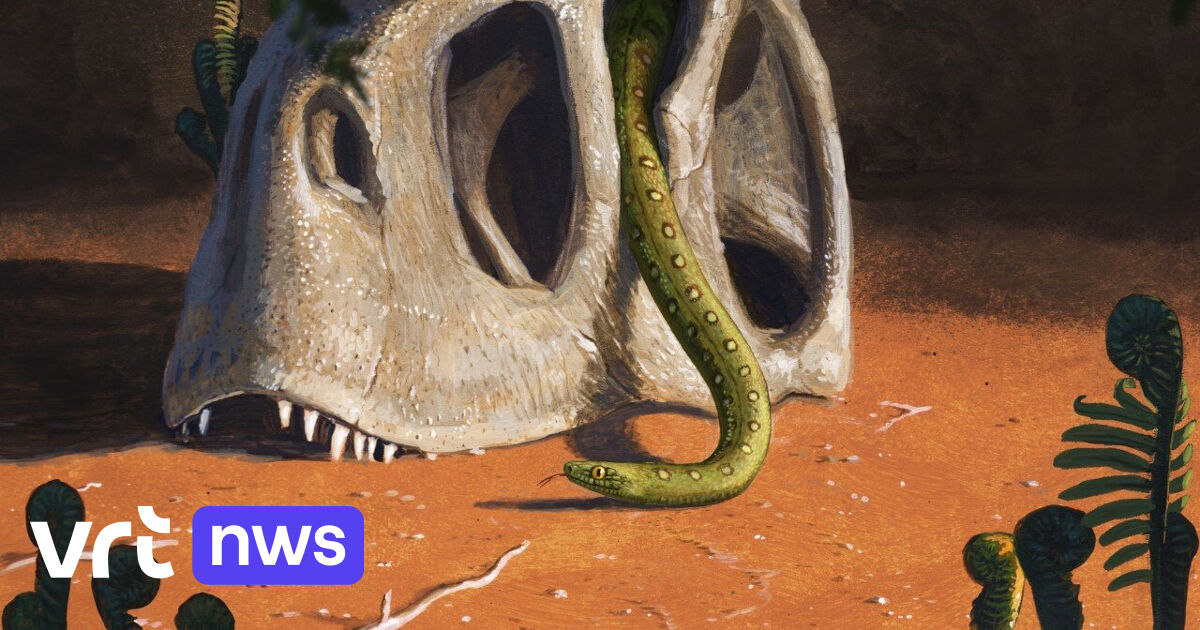The diversity of modern snakes—with tree-dwelling snakes, sea snakes, venomous vipers and cobras, and large strangler snakes such as boas and pythons—happened only after the extinction of the dinosaurs.
The fossils show a change in the shape of snake vertebrae in the wake of the extinction wave. It is the result of the extinction of the Cretaceous snake lineages and the emergence of new groups, including huge sea snakes that grew up to 10 meters in length.
“It’s remarkable, given that not only do they survive a wave of extinction that wipes out so many other animals, but within a few million years they are fully renewing themselves and using their habitats in new ways,” said Dr. Catherine Klein. Klein is the lead author of the new study, a recent graduate of the University of Bath and now working at the Friedrich-Alexander-Universität Erlangen-Nürnberg.
The results of the study also indicate that snakes began to spread across the Earth around this time. Although the ancestor of the modern snakes probably lived somewhere in the southern hemisphere, it seems that snakes first spread in Asia after the extinction wave.
–


